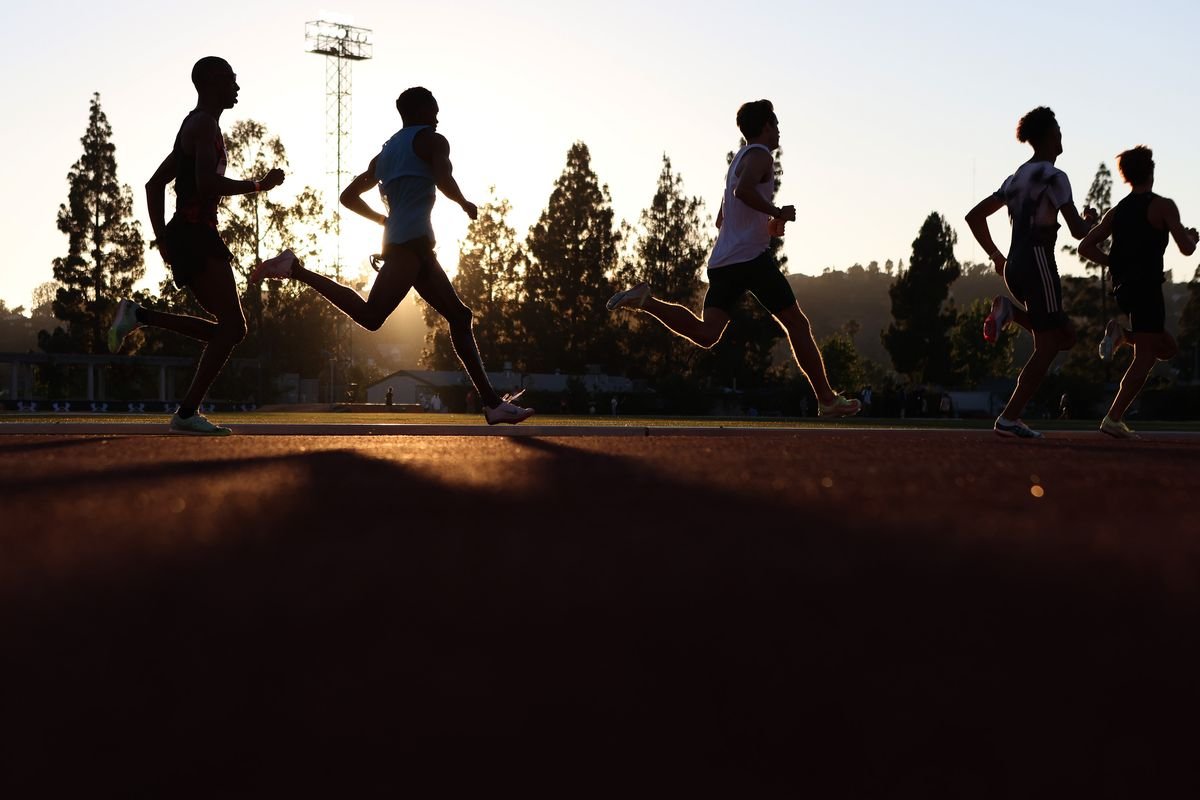
Track and Field Coaching Tips and Workout Training Plans
SPRINTS
from a USATF Level 2 Certified Coach in Endurance Running, Sprints, Hurdles, and Relays
A yearly training macrocycle for sprinters in track and field would typically consist of several phases, including a preparatory phase, a pre-season phase, a competitive phase, and a recovery phase.
Preparatory Phase (4-6 weeks): This phase focuses on building a solid foundation of general fitness and endurance through exercises such as running, plyometrics, and strength training. In this phase, you can also include sprint-specific exercises such as:
Acceleration drills: short sprints (20-40m) with a focus on building explosive power and speed out of the starting blocks
Resistance training: weightlifting exercises that target the major muscle groups used in sprinting (e.g. squat, deadlift, and bench press)
Strength Training: Olympic Lifts, Multi-Jumps, Multi-Throws, Specifically, varied loads via resistance and rhythms
Pre-Season Phase (4-6 weeks): This phase focuses on developing specific speed, power, and agility through exercises such as sprinting, hurdle drills, and agility ladder drills. In this phase, you can also include:
Speed development: longer sprints (20-80m) at full speed with short/medium recoveries
Plyometrics: exercises that improve the athlete's explosive power such as bounding, hopping and jumping exercises
Flexibility and mobility: stretching and yoga to improve the sprinters' range of motion and reduce the risk of injury
Competitive Phase (8-10 weeks): This phase focuses on fine-tuning and peaking for competition through exercises such as sprint intervals, race simulation, and mental preparation. In this phase, you can also include:
Speed Endurance: sprints (80-150m) at full speed with long-full recoveries
Special Endurance sprints: Lactaid Capacity, Interval Training with Controlled Recoveries
Race simulation: practice running the sprinters' specific event, with a focus on pacing and technique
Mental preparation: visualization techniques and goal setting to prepare the sprinters for competition
Recovery Phase (2-4 weeks): This phase focuses on rest and recovery, allowing the body to repair and rebuild after the intense training and competition of the previous phases.
It's important to note that this is a general outline and each athlete's training plan should be tailored to their individual needs and goals. It's also important to work with a qualified coach and/or sport performance professional to create a safe and effective training plan
Testimonials from Actual Athletes
Kaianni Jones (11th grade) Personal Bests: 55m - 7.93 100m - 12.94 200m - 26.88 400m - 1:01.65


